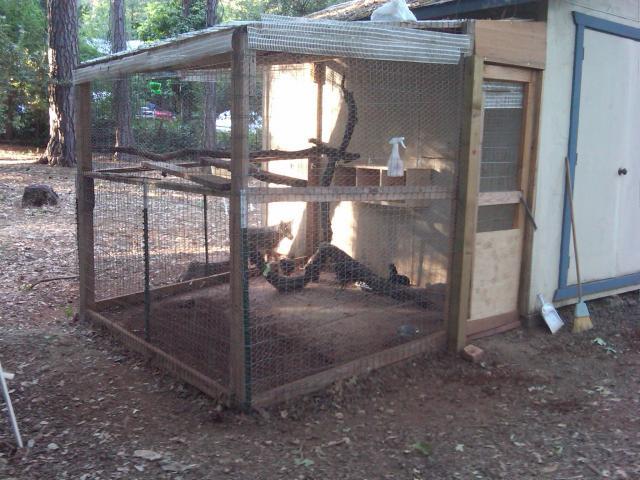Think of a long room with open windows at one end and a man in a chair at the other end. That's ventilation. Move the chair to the end with the open windows, where the wind is blowing through and hitting the man in the chair. That's a draft.
In hot weather, it doesn't matter if the chickens are in a draft and it can actually help them to deal with heat.
In very cold weather, a draft has a wind chill effect. Chickens have feathers, but not on their comb and wattles. A strong breeze or wind can even ruffle feathers and cause body heat to escape.
In hot weather, I have a lot of extra ventilation open to keep the temperature in the coop as close to the outside temperature as possible. A lot of the extra summer ventilation is mid-level on the coop walls and catches the prevailing breezes.
In the winter, I only have enough ventilation open to keep the humidity levels closer to what they are outside.
Openings up high are good for letting warmer, moister air escape. This is good in winter or summer. Air will come in the pop hole door or any other openings in the coop, heat up, move up and out those openings.
In winter, it's good to have the roost in a more sheltered end of the coop. If you don't have openings directly over their heads in that corner or end of the coop, there won't be any draft moving through the roost area. Have your high openings at the other end from where you have the roosts, for the winter.
It's also good in the winter to have at least a section of the floor space that isn't drafty. If part of the coop is drafty it's not that big a deal, if they have a cozier spot to go stand in. On really frigid, windy days, they might not want to spend all day outside or in front of the pop hole door. As long as they have a nice spot in the coop to go hang out, they'll be fine. They can choose where they want to hang out.



